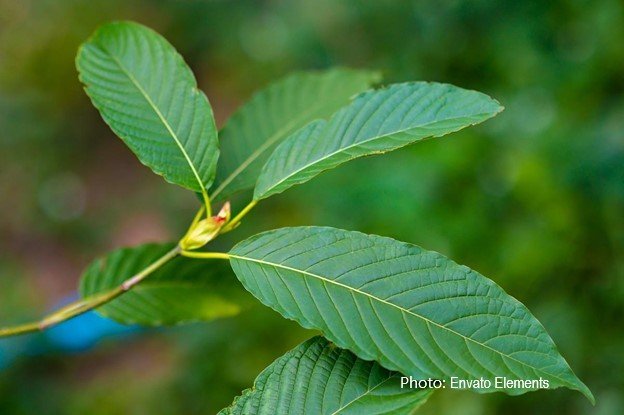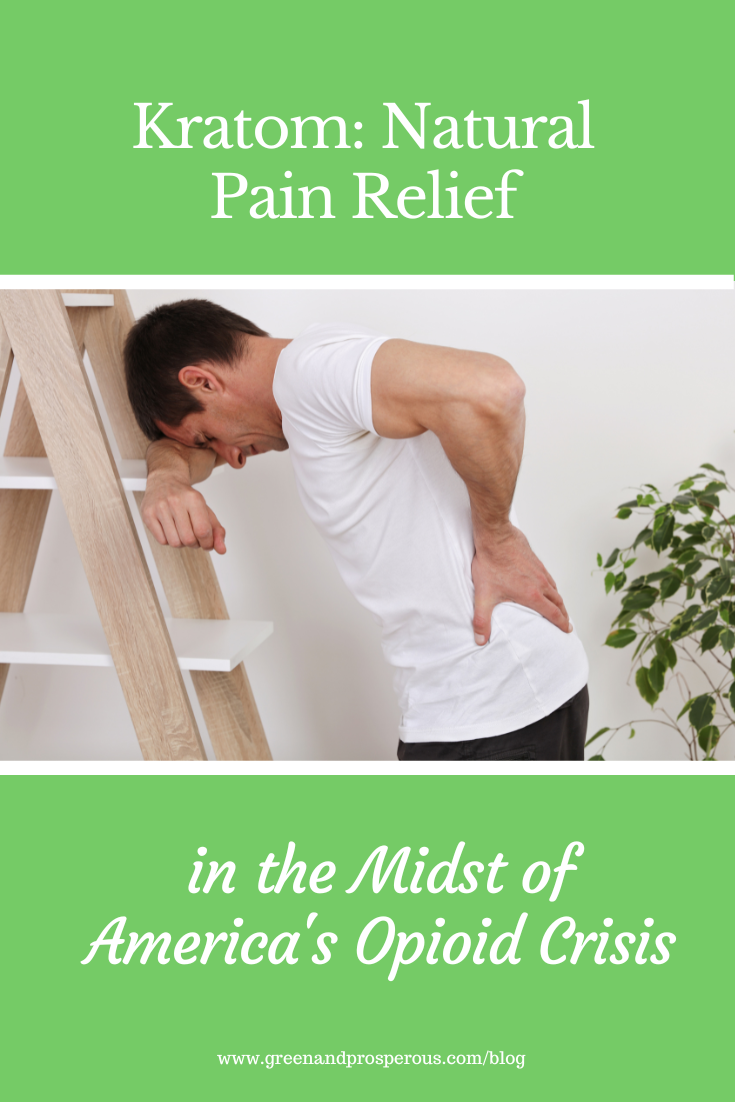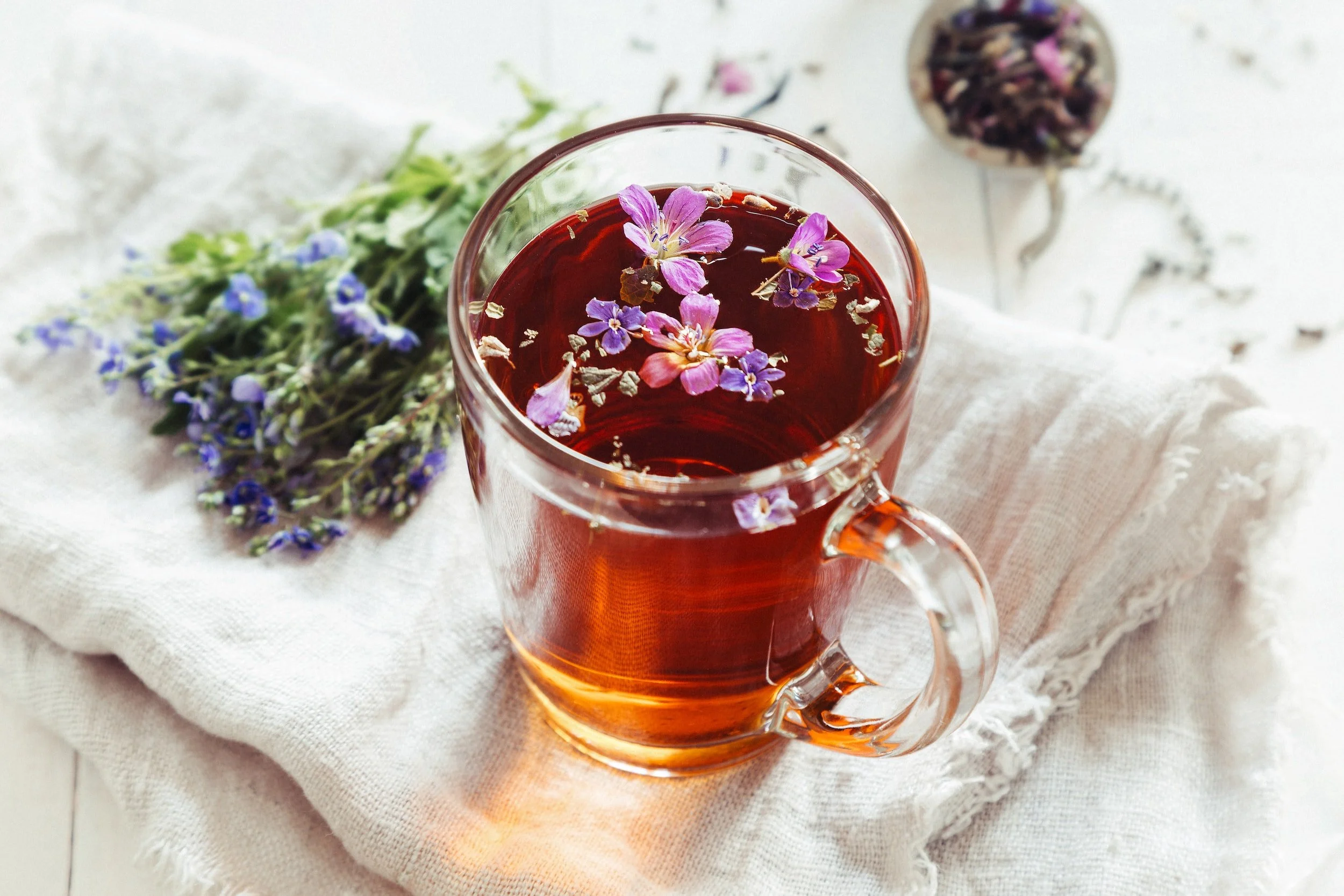Kratom: Natural Pain Relief in the Midst of America's Opioid Crisis
/Guest post by Chelsea Brotherton
In 2017, the United States Department of Health and Human Services declared a nationwide public health emergency regarding the opioid crisis in America. Since then, the statistics on opioid-related deaths have not improved; between 2019 and 2020, drug overdose deaths rose nearly 30%, with nearly 75% of those 91,799 deaths involving an opioid.
While your mind may drift to illicit street drugs such as heroin and synthetics like fentanyl as the culprit for this epidemic, they are not wholly to blame. In fact, between 1999 and 2020, over 263,000 Americans died from the misuse of opiates obtained legally and prescribed by their doctor. In 2017, there were still almost 58 opiate prescriptions for every 100 Americans.
Clearly, Americans are in pain — and we’re medicating ourselves to death. Thankfully, there’s a natural solution on the rise that has been used in traditional medicine practices for centuries. Enter: kratom.
What Is Kratom?
Kratom, or mitragyna speciosa, is an evergreen tree from the coffee family native to Southeast Asia. It is well-known for its pain-relieving effects, as well as its ability to boost energy and mood levels.
Traditionally, kratom leaves were chewed raw — right off the tree. Today, however, kratom for sale goes through a production process to reach store shelves. The leaves of the kratom tree are picked at the desired time (the age of the leaf determines the kratom’s final alkaloid profiles), washed, sun-dried, and then ground into a fine powder. This powder is generally sold straight by the gram, or often packed into gelatin capsules for ease of use.
Kratom as a Pain Reliever
Kratom has a long history in Southeast Asia. For centuries, kratom has been used by field workers to ease aches and pains while also remaining alert. Today, kratom is often used for the same reasons: Johns Hopkins Medicine found that the majority of kratom users are women aged 40 and older who use kratom to treat pain symptoms.
During its rise in popularity in the west, kratom has gotten a bad rap; the FDA recommended kratom be controlled as a Schedule 1 drug under the Controlled Substances Act. However, the FDA finally had to formally rescind that scheduling recommendation after admitting that there was a “lack of evidence” to do so.
Since this backtracking, a myriad of further studies have been conducted into the safety and efficacy of kratom, the culmination of them finding ”no evidence of an imminent threat to public health (a requirement for temporary or emergency scheduling) and that kratom was not like opioids in its safety and addiction risks. Furthermore, there was evidence that millions of people were using kratom for reasons associated with health and well-being, including in place of opioids they had been using for pain and/or addiction, and that thousands of people would be at risk of relapse to opioids and overdose if sale of kratom were banned and possession considered a narcotic criminal offense.” (See pg. 3 of the document.)
How Kratom Works for Pain
Kratom helps relieve pain by working like an opiate — but let’s not forget, kratom is not an opiate. Instead, kratom simply binds to some of the same receptors in your brain that opiates do. Specifically, kratom is a partial mu-opioid receptor agonist.
The mu-opioid receptor is a part of your brain that helps regulate how you perceive pain. When kratom interacts with this receptor, it literally helps to block your brain’s perception of pain. Depending on your pain type and levels, kratom could partially, or even fully, block your sensations and symptoms of pain.
Why Kratom Is Safer than Opiates
OK, so kratom blocks pain like an opiate and even binds to the same receptors as an opiate — but is it safer than an opiate? The answer is a simple and resounding: yes. Kratom is a much safer opiate alternative.
The reason that kratom is so much safer than opiates has to do with respiratory depression. Respiratory depression is often how you die of an opiate overdose: your lungs stop working properly, leading to a buildup of carbon dioxide in the body and organ failure.
Kratom has been found to have a “substantially” lower risk of respiratory depressive effects, “a finding that would be consistent with the absence of verified kratom-caused overdose deaths.”
Can You Overdose on Kratom?
As mentioned above, there have been zero verified kratom caused overdose deaths to date. However, we want to be sure to emphasize that kratom use is not without risk. A 2019 study published in the journal Preventative Medicine, titled ““Risk of death associated with kratom use compared to opioids,” has actually pinpointed that risk, noting that “morphine-like opioids carry an overdose risk of a thousand or more times greater than kratom.”
While the risk of opiate overdose is often a trip to the morgue, the risks of kratom ‘overdose’ are far less severe. High doses of kratom are commonly associated with upset stomach, severe constipation, and lethargy.
Is Kratom Addictive?
Kratom’s addiction potential can be described in relation to the addiction potential of chocolate or coffee. While kratom can certainly become habit-forming, it’s risk-potential is low. A 2020 study by Pete Candland and titled “New Study Adds to Evidence of Low Abuse Potential of Kratom Research Directly Contradicts FDA’s Position that Kratom is a Morphine-Like Opioid,” demonstrates the lack of abuse potential in kratom alkaloids.
Kratom and Drug Interactions
It’s repetitious at this point, but there have been zero verified kratom-caused overdose deaths to date. There have been deaths associated with kratom use, however. This means that there have been deaths in which kratom was found in the body along with other drugs like opiates. It is unclear what part kratom played in these deaths, and to what extent it interacted with other drugs present in these systems.
We urge you to consult with your physician about kratom and other medications you’re using before beginning kratom consumption.
Kratom: A Safer, Natural Opiate Alternative
It is understandable to be skeptical about kratom. However, many wish they’d been more skeptical about the opiates prescribed to them by their doctors. The facts are — kratom is at least 1,000 times safer than opiates, and it has zero deaths to account for, paling in comparison to the mountain of death piling up at the opioid epidemic’s feet.
Like this? Please pin!
If you are living with the symptoms of chronic pain, have considered opiate therapy, or are currently trying to dig yourself out of opiate addiction, talk to your doctor about kratom. Kratom has brought relief to hundreds of thousands of people stuck in the opiate cycle. Join the throngs of people supporting a natural, safe alternative to these dangerous opiates.
Chelsea Brotherton has been researching and writing in the herbal wellness industry for years, and is a firm-believer in the power of age-old natural remedies to ease modern ailments. Chelsea supports efforts to raise awareness for natural alternatives like kratom to toxic, deadly opiates.











































This year, with COVID, RSV and common cold and flu viruses running rampant, it's more important than ever to protect yourself against illness. While wearing a mask indoors in public places can help, and vaccinations (especially against COVID) can keep you out of the hospital (whether or not you have a pre-existing underlying condition), they may not be enough to keep you from getting sick. If you come down with the cold or flu, there are clinically proven ways to keep it from setting in or, if already set in, from becoming severe.